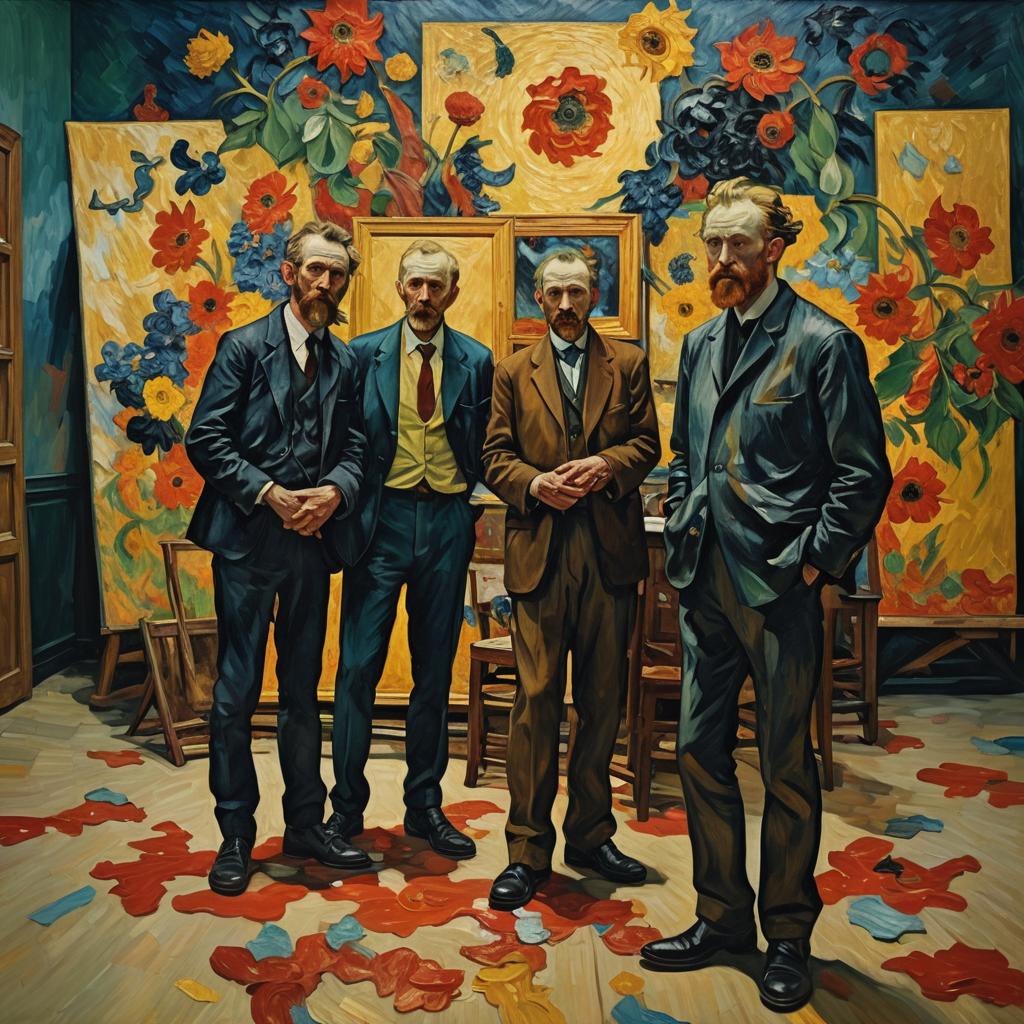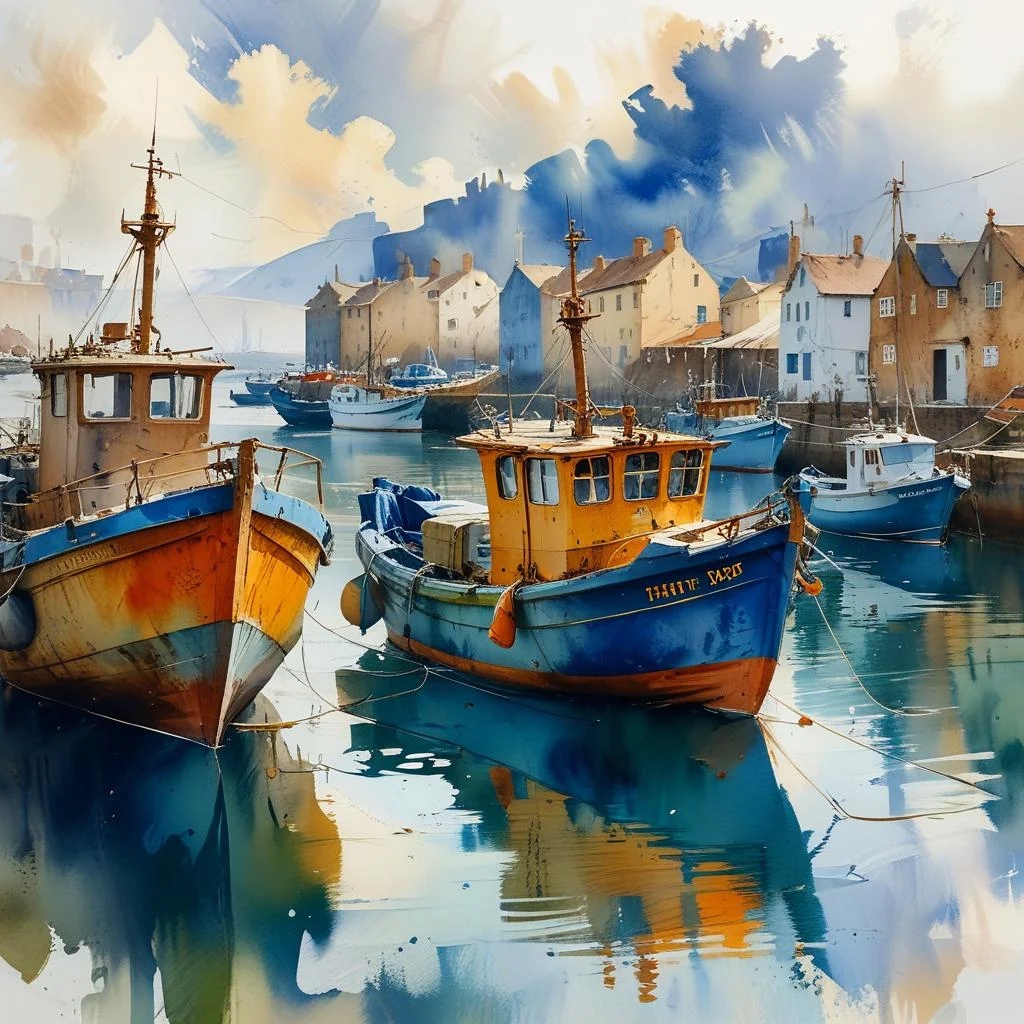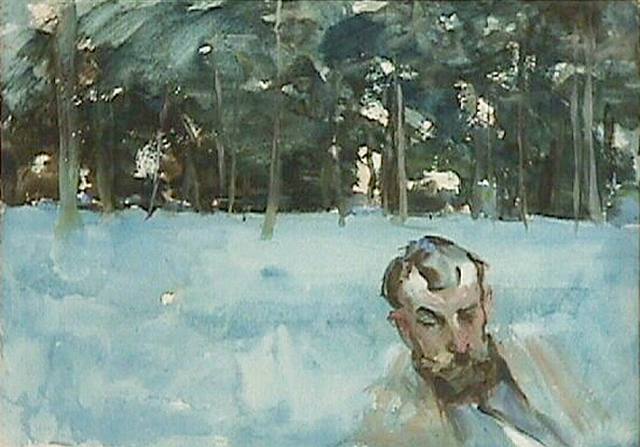When it comes to famous artists, their works often go hand in hand with the art movements that defined them. Art isn’t just about putting paint on a canvas – it’s about expressing a worldview, pushing boundaries, and sometimes even creating an entirely new way of seeing things. Artists like Picasso, Monet, and Warhol didn’t just make pretty pictures; they each played a significant role in shaping the way we view art today.
This guide takes you through some of the most famous artists in history, their unique styles, and the artistic movements they helped define. Whether you’re an art lover or just curious about how these masters transformed the world of art, there’s something here for you.
1. Impressionism: Claude Monet – Capturing the Moment
Let’s start with Impressionism, the movement that began with Claude Monet and completely redefined how artists approach light and colour.
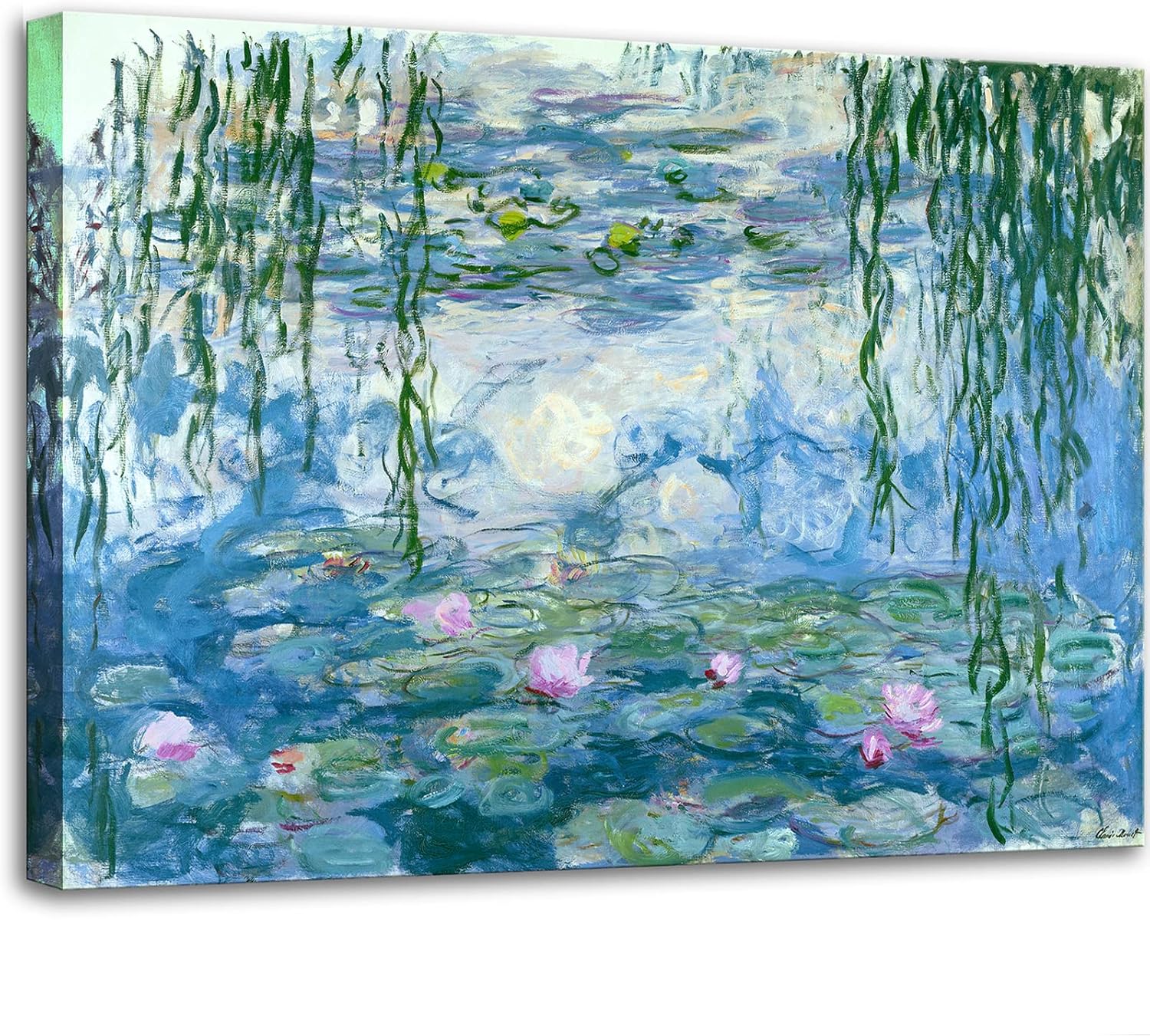
Impressionist artists like Monet aimed to capture the fleeting effects of light, particularly in natural scenes. Instead of focusing on every little detail, they worked quickly, often outdoors, to create paintings that represented their “impressions” of a moment.
Monet’s Impression, Sunrise (1872) is the painting that gave the movement its name. His soft, short brush strokes and light colour palette created landscapes that feel alive with atmosphere. Rather than meticulously rendering each blade of grass, Monet used colour to express how the light looked at a particular time of day.
His later works, like the famous water lilies series, continued to push the boundaries of how artists depict nature. For Monet, art was all about aesthetic appreciation, allowing viewers to experience the same moment he was witnessing, often through landscapes or scenes of everyday life. Other Impressionists to discover: Renoir and Gaugin
2. Cubism: Pablo Picasso – Breaking the Rules
Now let’s talk about Cubism, a radical shift in the way art was approached, led by Pablo Picasso. Cubism was all about rejecting traditional artistic conventions like perspective and representation. Instead, Picasso and his contemporary Georges Braque deconstructed objects into geometric shapes, giving the viewer multiple angles of a subject all at once. Discover more about Mondrian’s Abstract art.
Picasso’s Les Demoiselles d’Avignon (1907) is considered one of the earliest examples of Cubism. In this piece, Picasso broke away from realistic depictions of the female form, rendering his subjects with sharp angles and distorted proportions. The idea wasn’t to replicate what the eye sees but to challenge the way we think about form and space.
Analytical Cubism, the earlier phase of this movement, focused on breaking down objects into fragmented shapes and reassembling them into complex, abstract forms. Synthetic Cubism, which came later, took a more playful approach, using materials like newspaper and other found objects in collage form. Picasso’s work in Cubism laid the groundwork for a host of other modern art movements that followed.
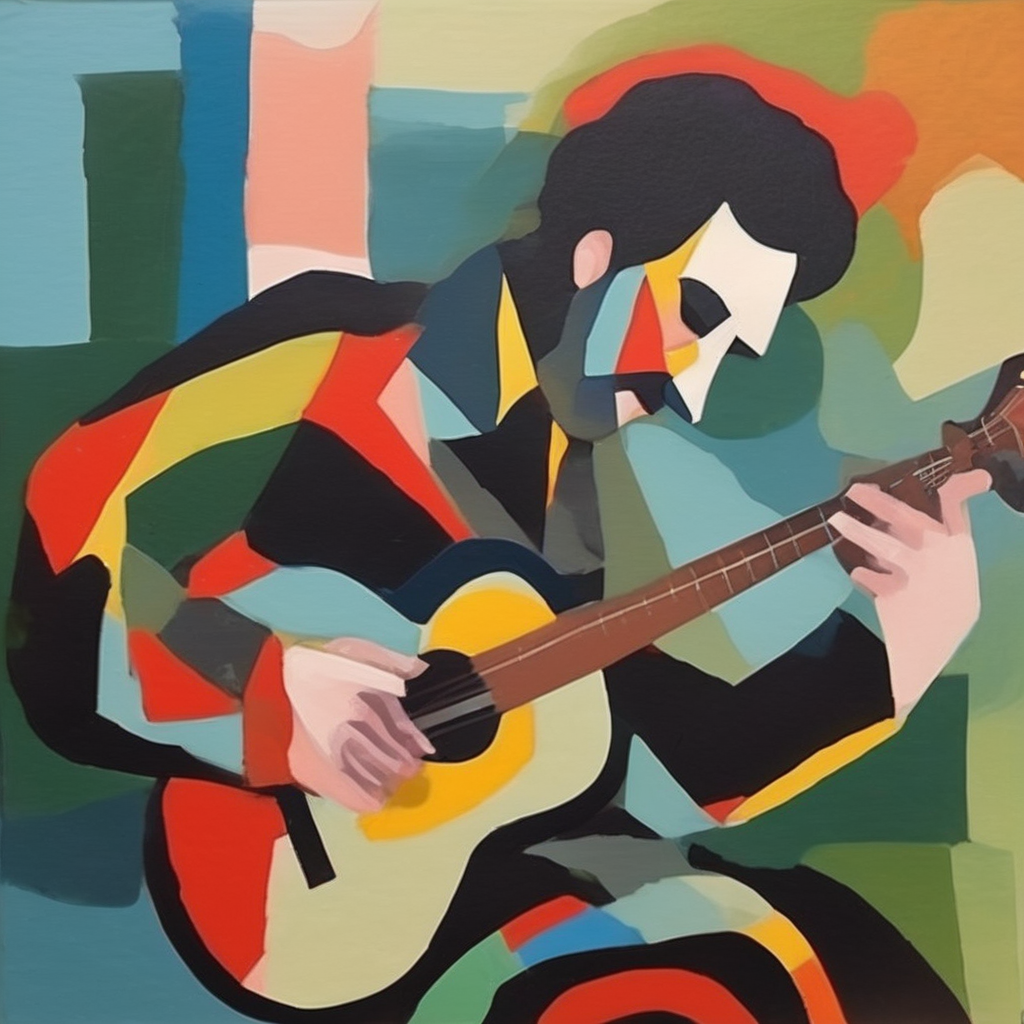
3. Surrealism: Salvador Dalí – Dreams on Canvas
If we’re talking about famous artists and their styles, it’s impossible to skip Salvador Dalí and his role in Surrealism. Surrealism is all about dreamlike, bizarre images that challenge our perceptions of reality. Dalí’s paintings, such as the iconic The Persistence of Memory (1931), with its melting clocks and barren landscapes, are among the most recognisable examples of this movement.
Surrealism’s goal was to tap into the subconscious mind, influenced heavily by the work of psychoanalyst Sigmund Freud. Dalí’s highly detailed style and his ability to blend the realistic with the fantastical made his work a hallmark of avant-garde art. Surrealists like Dalí pushed boundaries by exploring the worlds of dreams and fantasy, creating art that was both unsettling and deeply thought-provoking.
This movement wasn’t just about visual art – it included literature, film, and even performance, with artists striving to free their work from the constraints of logic. Dalí himself often staged bizarre public appearances, blurring the line between his artistic creations and his public persona.
4. Abstract Expressionism: Jackson Pollock – Chaos and Emotion
Next up is Abstract Expressionism, an art movement born in post-World War II America, and no one embodies this better than Jackson Pollock. Famous for his drip paintings, Pollock created abstract works that were all about movement and energy. Standing over his canvases laid out on the floor, he poured and splattered paint, creating chaotic yet cohesive works.
Pollock’s style wasn’t just random – it was an exploration of the artist’s emotional state, a direct line between feeling and form. His most famous piece, No. 5, 1948, is an explosion of tangled lines and colours. You can almost feel the artist’s energy in the way the paint moves across the canvas. This emphasis on personal, emotional expression set Abstract Expressionism apart from the art that came before it.
Pollock and his peers, like Mark Rothko and Willem de Kooning, weren’t concerned with creating recognisable objects or scenes. Their work was about conveying feelings – anger, joy, sadness – through colour, texture, and movement. It marked a shift away from the more formal approaches of earlier artistic movements.
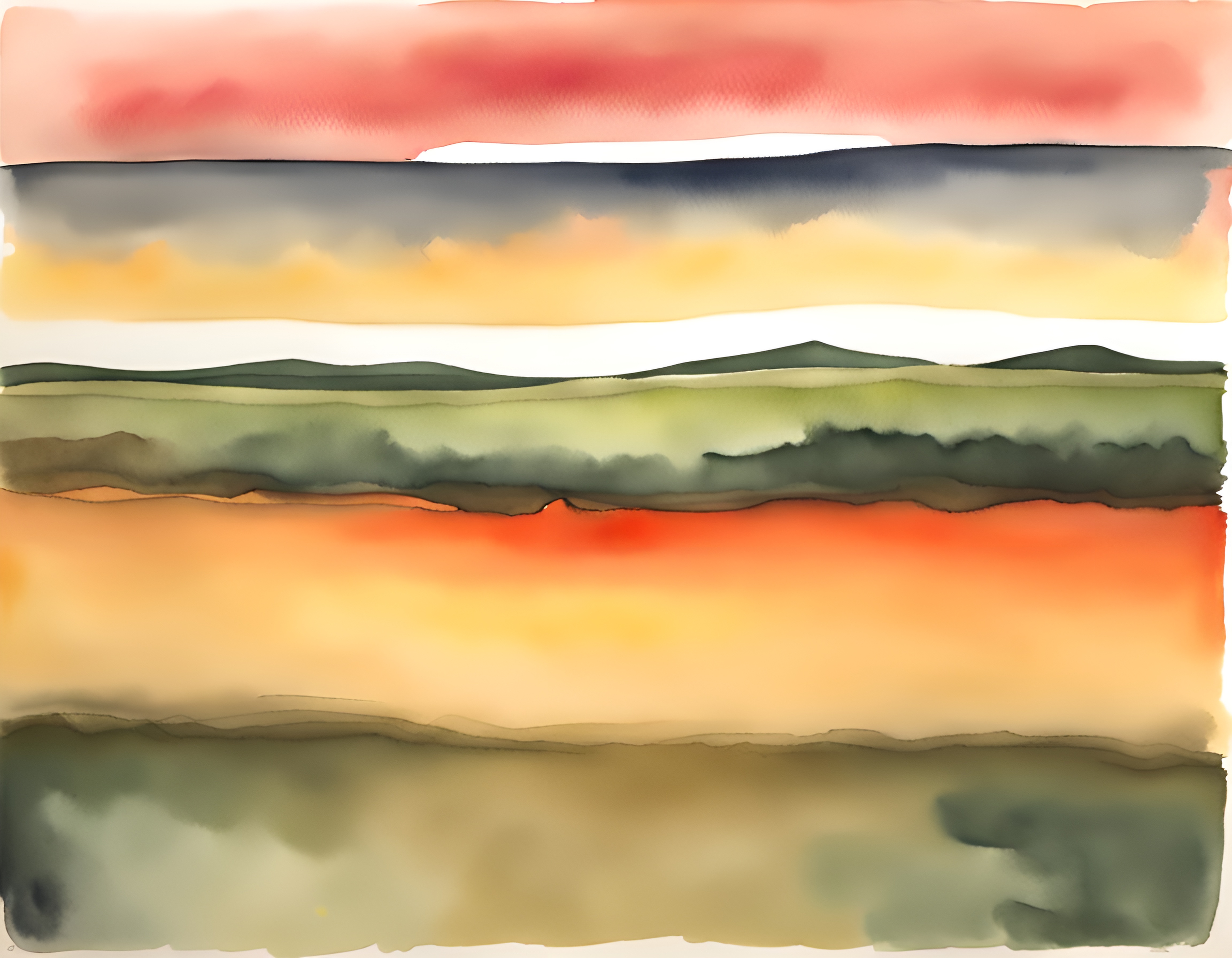
5. Pop Art: Andy Warhol – Everyday Icons
In contrast to the deeply emotional, chaotic nature of Abstract Expressionism, Pop Art was all about taking the everyday and turning it into something iconic. Andy Warhol led this movement with his depictions of celebrity culture and consumer goods. From his Campbell’s Soup Cans to his portraits of Marilyn Monroe, Warhol’s work blurred the lines between high art and mass production.
Pop Art emerged in the 1950s and 60s as a response to the rapidly growing consumer culture. Warhol’s use of screen-printing allowed him to produce art in multiples, making a statement about the commercialisation of modern life. His work wasn’t just a reflection of consumerism; it was a critique of it, forcing viewers to confront their own relationship with popular culture.
Warhol’s artistic practice challenged the idea that art had to be unique or made by hand. His brightly coloured prints of everyday items and famous figures were mass-produced, raising questions about what makes something art in the first place. Warhol’s influence on contemporary art can still be seen today in the work of artists who explore the intersections of media, technology, and society.
6. Folk Art: Frida Kahlo – Personal Pain and Cultural Identity

Frida Kahlo is a unique figure in the world of art, often associated with folk art and Surrealism. While her style doesn’t fit neatly into any one movement, her intensely personal works make her one of the most famous female artists in history. Kahlo’s paintings, many of which are self-portraits, depict her struggles with physical pain, emotional trauma, and her identity as a Mexican woman.
Kahlo’s style draws heavily on Mexican folk traditions, with bold colours, symbolic imagery, and a deep connection to her heritage. Her work often includes references to Mexican culture, as well as elements of nature, animals, and mythology. Folk art, with its emphasis on cultural expression and storytelling, is a key element in her paintings.
One of her most famous works, The Two Fridas (1939), shows two versions of herself seated side by side, representing the split between her Mexican and European heritage. Kahlo’s art is deeply emotional, and her ability to turn her personal pain into powerful visual narratives has made her an enduring figure in art history.
7. Renaissance Art: Leonardo da Vinci – The Master of Many Trades
No discussion of famous artists would be complete without mentioning Leonardo da Vinci, a true Renaissance man. Da Vinci’s contributions to art are matched only by his achievements in science, engineering, and anatomy. His work embodies the principles of the Renaissance, a period characterised by a renewed interest in classical antiquity, humanism, and the natural world.
Da Vinci’s painting, The Last Supper (1495–1498), is a prime example of the use of perspective, light, and composition to create a sense of depth and realism. His famous portrait, the Mona Lisa, remains one of the most recognised and celebrated works of art in the world, noted for its lifelike depiction and the mysterious smile of its subject.
Renaissance art is defined by its focus on realism, symmetry, and the human form, reflecting the broader cultural shifts of the time. Da Vinci’s meticulous attention to detail and his scientific studies of anatomy allowed him to create works that were both technically precise and full of emotion.
8. Contemporary Art: Damien Hirst – Life, Death, and Controversy
Finally, let’s jump to contemporary art with Damien Hirst. Known for his controversial pieces that often explore themes of life and death, Hirst’s work is provocative and frequently shocking. His installations, such as The Physical Impossibility of Death in the Mind of Someone Living (1991), which features a shark suspended in formaldehyde, challenge the viewer to confront uncomfortable realities about existence.
Hirst’s use of preserved animals, pharmaceuticals, and other unusual materials sets him apart in the contemporary art scene. His work often sparks debate about the nature of art and whether shock value alone can make something meaningful.
Contemporary artists like Hirst continue to push boundaries, questioning traditional ideas of beauty, form, and meaning. This type of art reflects the complexities of the modern world, where everything from politics to technology influences artistic expression.
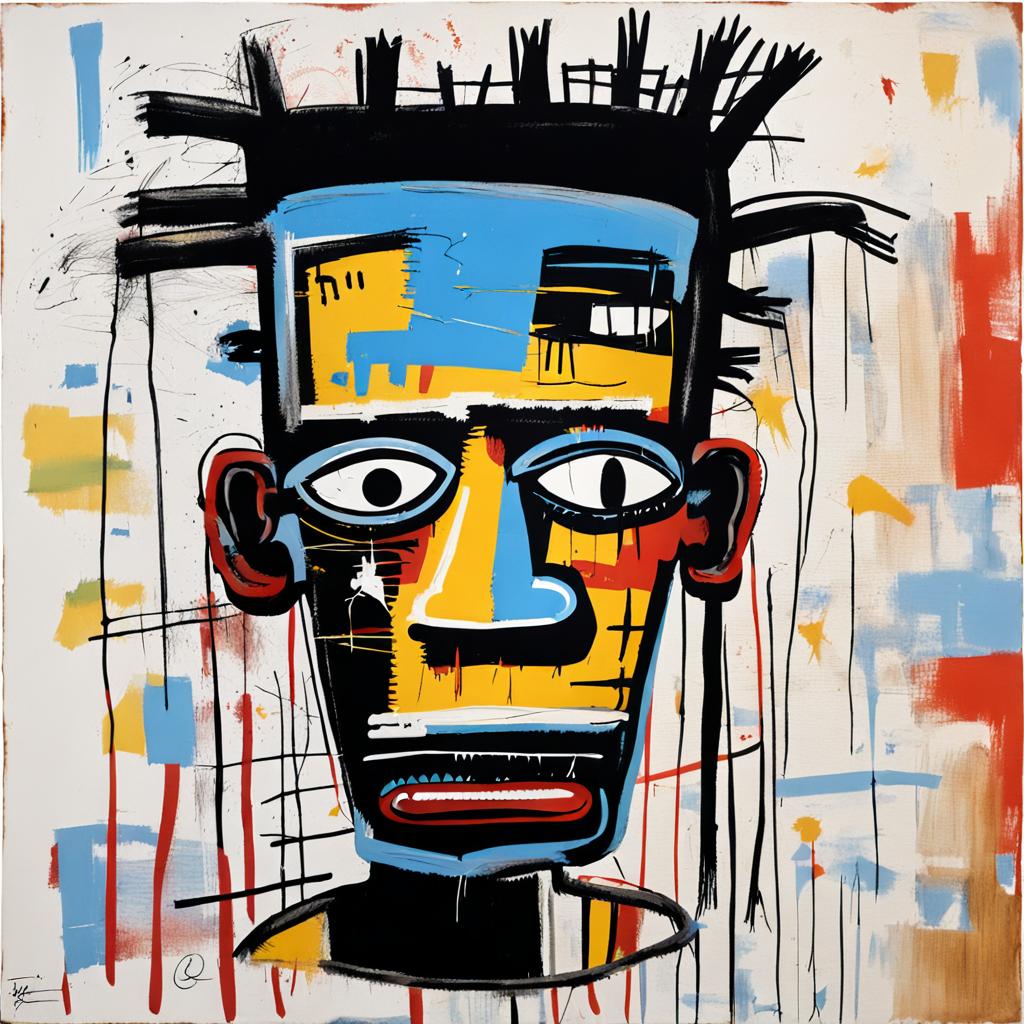
These artists and their artistic movements show that art is not just about aesthetics – it’s a way of seeing the world. From the **Impressionists**, who captured fleeting moments of light and nature, to the contemporary artists like Damien Hirst and David Hockney, who push the boundaries of what we consider art, every artist mentioned has played a pivotal role in shaping the landscape of visual culture. Their artistic expressions are not just personal reflections but movements that have resonated through time, influencing countless other artists and redefining how we see creativity.
9. Baroque Art: Caravaggio – Dramatic Realism
In the late 16th century, Baroque art emerged, characterised by its dramatic use of light and shadow and its focus on realism, emotion, and religious themes. One of the most famous Baroque artists is Caravaggio, whose works are renowned for their intense realism and powerful contrasts between light and dark, a technique known as chiaroscuro.
Caravaggio’s The Calling of Saint Matthew (1599-1600) is a prime example of his ability to use light not only to highlight certain aspects of the scene but also to convey deeper emotional and spiritual meanings. His figures are often depicted in a highly realistic manner, with all their flaws and imperfections, making them feel relatable and human. Baroque art, in contrast to the more restrained styles that preceded it, was designed to evoke emotion, movement, and drama, often with religious undertones.
Caravaggio’s influence can be seen in the works of later artists, and his use of light continues to inspire both painters and photographers today. His approach set the standard for many decorative arts and religious paintings that followed, especially during the height of the Baroque period.
10. Modernism: Henri Matisse – Bold Colours and Simplified Forms
Henri Matisse was a central figure in the Modernism movement, known for his vibrant use of colour and bold, simplified forms. His early work was associated with the Fauvism movement, which is characterised by the use of bright, non-naturalistic colours to express emotion. Matisse’s style evolved throughout his career, moving from wild, expressive brushstrokes to more simplified and abstract forms, especially in his later works.
One of Matisse’s most famous works, The Dance (1910), showcases his ability to use bold, flat colours and simple lines to create dynamic compositions. His cut-out works, like The Snail (1953), demonstrate his mastery of form and colour even in his later years, when he was no longer able to paint traditionally.
Matisse’s focus on colour as a primary vehicle for expression paved the way for many modern art movements, particularly in the abstract genre. His works are a celebration of joy and life, with a unique aesthetic that continues to inspire modern designers and artists.
11. Art Nouveau: Gustav Klimt – Elegance and Symbolism
Moving into the decorative side of art, Art Nouveau brought a new aesthetic to the forefront, with a focus on intricate designs, fluid lines, and natural forms. Gustav Klimt was one of the most influential artists of this movement, known for his opulent, gold-filled portraits and allegorical works.
Klimt’s most famous painting, The Kiss (1907-1908), is a masterpiece of Art Nouveau. Its use of gold leaf, detailed patterns, and sensual imagery is emblematic of the movement’s focus on beauty and decoration. Klimt often merged the human form with elaborate, abstract backgrounds, blurring the lines between figure and pattern, creating works that feel both intimate and universal.
Art Nouveau, with its emphasis on beauty and craftsmanship, also extended to architecture, furniture, and the decorative arts, influencing everything from jewellery to textiles. Klimt’s style, with its symbolic and sensual undertones, became a defining feature of the movement, leaving a lasting legacy on the exhibition of decorative arts.
12. Performance Art: Marina Abramović – The Art of Presence
Shifting gears from traditional mediums to the more unconventional, performance art is a genre that explores the relationship between artist and audience in real time. One of the most famous figures in this genre is Marina Abramović. Her work is less about physical objects and more about experiences, emotions, and human endurance. Discover other women who made a significant contribution to art including Georgia O’Keeffe and Frida Kahlo
Abramović’s most well-known piece, The Artist Is Present (2010), involved her sitting silently across from members of the public at the Museum of Modern Art in New York. For over 700 hours, she stared into the eyes of her audience, creating an intense, emotional connection without words. This work is a prime example of how performance art challenges the boundaries of traditional artistic mediums, turning the audience into participants.
Performance art allows the artist to express ideas and emotions through actions rather than static works. It’s about the here and now, and Abramović’s work continues to push the boundaries of what art can be, encouraging viewers to think deeply about presence, time, and the human condition.
Conclusion: How Styles Evolve and Inspire
Looking at the incredible variety of artistic styles and movements over the centuries, it’s clear that art is not just about following trends. Each artist, from Impressionists to contemporary artists, has brought their own perspective, technique, and innovation to their work. They’ve contributed to artistic movements that continue to shape the art world and influence modern aesthetics.
The beauty of art is that it never stays still. It evolves, just like the society that creates it. From the delicate brushstrokes of Impressionist paintings to the bold statements of performance art, the world of art reflects our ongoing search for meaning, beauty, and connection.
As you explore the works of these famous artists, think about how their styles resonate with what’s happening today. Whether it’s a Monet hanging in a museum or a Warhol print in a café, art surrounds us, influencing how we see the world, and how we express ourselves.
Art will always find new ways to challenge, inspire, and provoke. And as long as artists continue to push the limits of artistic expression, there will always be something new and exciting to discover.
Podcast on Artists and their Styles
Study Guide
This guide explores the fascinating world of famous artists and their distinctive styles. From Impressionism to Pop Art, each movement reflects unique cultural contexts and innovative techniques. By examining key figures and their contributions, readers will gain a deeper appreciation for the evolution of art and its enduring impact.
(sis29)

